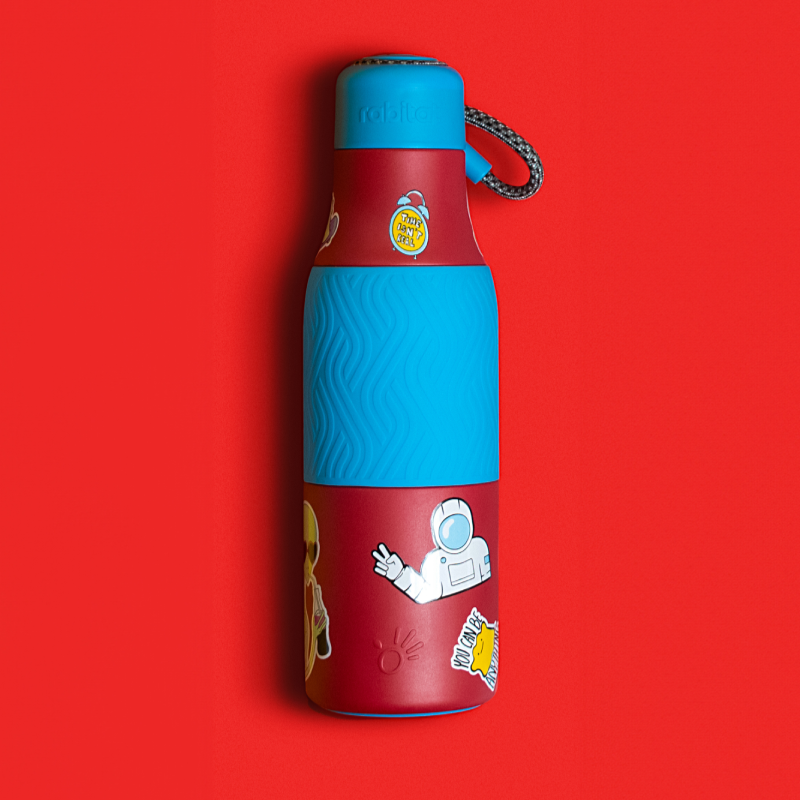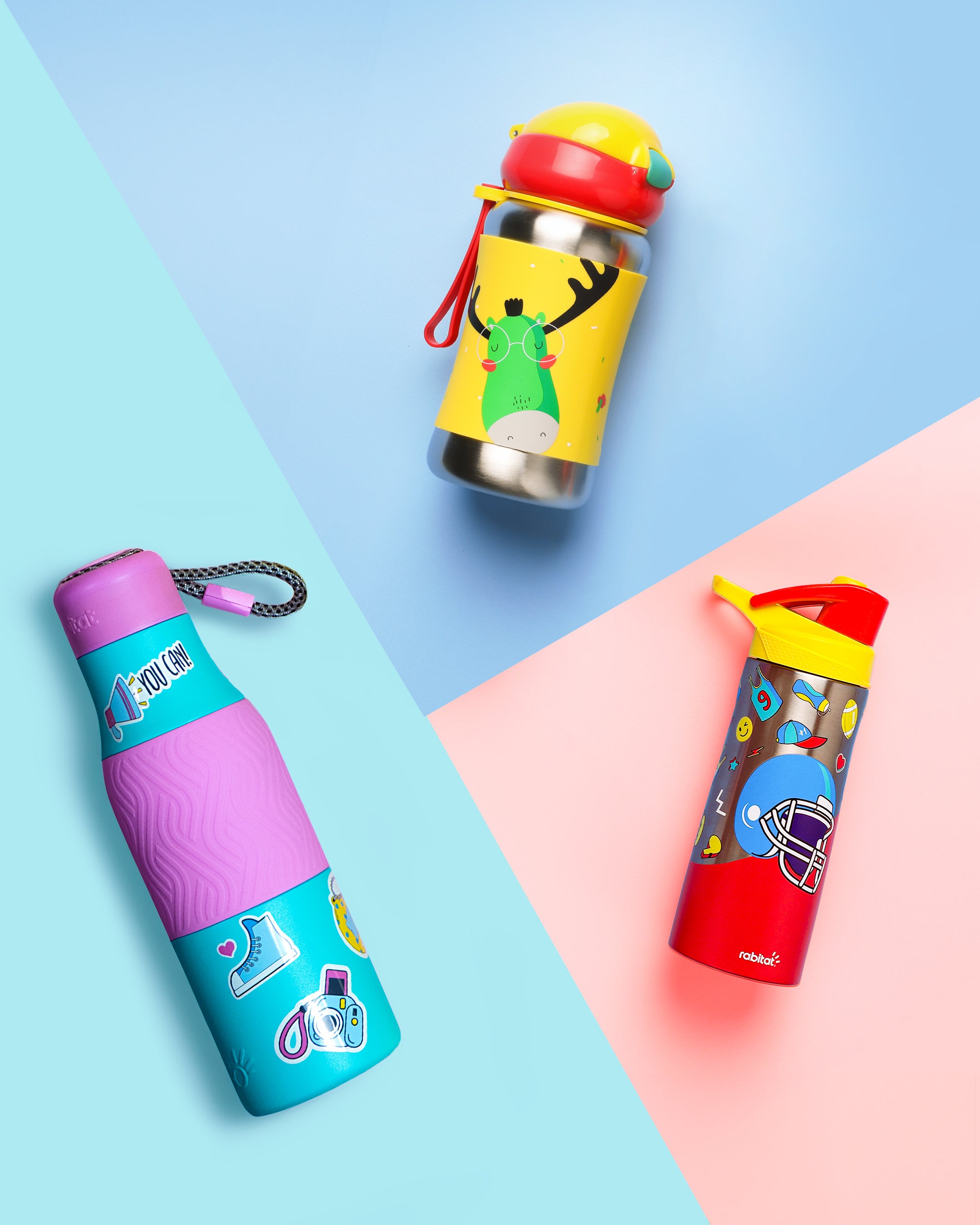Introduction
As your baby grows into a toddler, their sleep needs change, but the desire for comfort and security remains constant. Swaddling can still be a useful parenting tool for soothing your toddler and promoting better sleep, but it's crucial to choose the right toddler swaddle blankets and follow safe swaddling practices.
This guide will explore the world of toddler bedding, discussing swaddle blanket styles, safety considerations, and how to choose the perfect blanket for your growing bundle of joy.
What's Different About Toddler Swaddling?
Swaddling a toddler is different from swaddling a newborn baby. At this age, your child is more active and may resist the confinement of a tight swaddle wrap. A looser swaddle or sleep sack can still provide the comfort and security your toddler craves. Finding a balance between snugness and freedom of movement is key, allowing your toddler to move their legs and hips freely while still feeling the gentle pressure of the swaddle.
What Are the Different Swaddle Blanket Styles for Toddlers?
When it comes to toddler swaddle blankets, you have several options:
- Traditional swaddle blankets: These large, square or rectangular blankets, made from muslin, cotton, or bamboo, offer versatility and can be used to swaddle your baby in various ways.
- Sleep sacks: Sleep sacks are wearable blankets that zip up around your toddler, leaving their arms free. They provide warmth and security without the need for complex wrapping.
- Transitional swaddles: Designed to help your toddler transition from a traditional swaddle to a sleep sack or regular blanket, these swaddles often have removable wings or arms that can be left free.
If you're looking for a cozy and stylish swaddle blanket for your toddler, consider Rabitat's Pamper Soft Bamboo Swaddle, perfect for snuggling up at naptime or bedtime.
How Can You Ensure Safe Swaddling for Your Toddler?
Safety is always the top priority when swaddling your toddler. Keep these guidelines in mind:
- Allow for hip movement: Ensure the swaddle is loose enough around your toddler's hips and legs to prevent hip dysplasia. Your toddler should be able to bend their legs up and out at the hips.
- Keep the chest area snug: While the lower half of the swaddle should be loose, the chest area should be snug enough to provide a sense of security without restricting breathing.
- Avoid overheating: Choose breathable fabrics like cotton or bamboo to prevent your toddler from overheating, and dress them in light layers underneath the swaddle. Pay attention to tog ratings on sleep sacks to ensure appropriate warmth.
- Transition safely: As your toddler grows and becomes more active, transitioning them out of the swaddle is important to prevent them from rolling over and getting stuck. Most toddlers are ready to transition out of a swaddle between 3-6 months old.
What Should You Consider When Choosing a Swaddle Blanket for Your Toddler?
With so many options available, choosing the right swaddle blanket for your toddler can be overwhelming. Here are some factors to consider:
- Size: Make sure the blanket is large enough to wrap around your toddler comfortably, but not so large that it becomes a safety hazard.
- Fabric: Choose a breathable, soft fabric that will keep your toddler comfortable throughout the night. Bamboo and cotton are popular choices for their softness and temperature-regulating properties.
- Style: Consider your toddler's preferences and sleep habits when choosing a style. If they tend to kick off blankets, a sleep sack might be the best choice.
- Ease of use: Look for swaddle blankets that are easy to wrap or fasten, especially if you'll be swaddling your toddler in the middle of the night.
For a high-quality, versatile swaddle blanket, we recommend Rabitat's Pamper Soft Bamboo Swaddle. It's soft, breathable, and large enough to grow with your toddler.
How Do You Swaddle Your Baby Safely?
To swaddle your baby safely:
- Lay the swaddle blanket flat in a diamond shape.
- Fold the top corner down about 6 inches.
- Place your baby on their back on the blanket, with their neck along the folded edge.
- Straighten your baby's left arm and wrap the left side of the blanket over their body and tuck it under their right side.
- Fold the bottom corner up over your baby's feet and tuck it under the first fold.
- Straighten your baby's right arm and wrap the right side of the blanket over their body, tucking it under their left side.
Always put your baby to sleep on their back to reduce the risk of SIDS.
How Do You Transition Your Toddler from Swaddling to Regular Blankets?
As your toddler grows and becomes more active, transitioning them out of the swaddle and into a regular blanket or sleep sack is important. Here's how to make the transition easier:
- Start with one arm out: Begin by swaddling your toddler with one arm out of the swaddle, allowing them to get used to the feeling of having their arm free while still providing the comfort of the swaddle.
- Move to both arms out: Once your toddler is comfortable with one arm out, try swaddling with both arms out. This is a good time to introduce a sleep sack if you haven't already.
- Gradually loosen the swaddle: Over the course of a few nights, gradually loosen the swaddle until it's more like a blanket draped over your toddler's body.
- Make the switch: Once your toddler is used to sleeping with a loose swaddle, it's time to make the switch to a regular blanket or sleep sack.
Every toddler is different, so be patient and follow your child's cues throughout the transition process. Stop swaddling your baby when they show signs of rolling over or increased mobility.
Conclusion
Swaddling can be a comforting and effective way to help your toddler sleep better, but choosing the right swaddle blankets and following safe swaddling practices is important. Selecting a breathable, soft fabric and a style that allows for hip movement and easy transition can ensure that your toddler stays cozy and secure all night long.
For a high-quality, versatile option, we recommend Rabitat's Pamper Soft Bamboo Swaddle. With its soft, breathable fabric and generous size, it's perfect for swaddling, snuggling, and everything in between.
FAQs
Q: Is it safe to swaddle a toddler over 1 year old?
A: While swaddling can be beneficial for younger toddlers, it's generally not recommended for toddlers over the age of 1. By this age, most toddlers are too active and mobile to safely swaddle, as they may try to break free from the swaddle, which can lead to entanglement or suffocation.
Q: What types of fabrics are best for toddler swaddle blankets?
A: The best fabrics for toddler swaddle blankets are breathable, soft, and temperature-regulating. Some popular options include:
- Muslin: Lightweight and breathable, perfect for warmer weather
- Bamboo: Soft, durable, and naturally temperature-regulating
- Cotton: Soft, breathable, and easy to care for
Q: How do I know if my toddler is ready to transition out of a swaddle?
A: Signs that your toddler is ready to transition out of a swaddle include:
- Consistently breaking free from the swaddle
- Rolling over while swaddled
- Showing signs of discomfort or restlessness when swaddled
- Reaching the age of 3-6 months
Q: Can swaddling help my toddler sleep through the night?
A: Swaddling can help toddlers feel more secure and comfortable, which may lead to longer stretches of sleep. However, every toddler is different, and swaddling isn't a guaranteed solution for sleep problems. Consistency in your bedtime routine and creating a comfortable sleep environment are also important factors in helping babies sleep.
Q: How can I prevent overheating when swaddling my toddler?
A: To prevent overheating, choose breathable fabrics, dress your toddler in light layers underneath the swaddle, and monitor the room temperature. Pay attention to your baby's cues and check if they feel too warm by touching their chest or back of the neck.

















